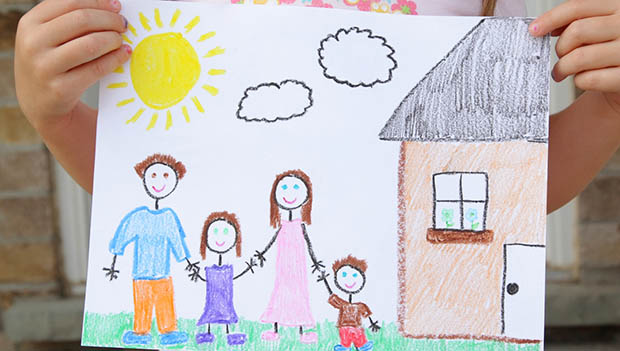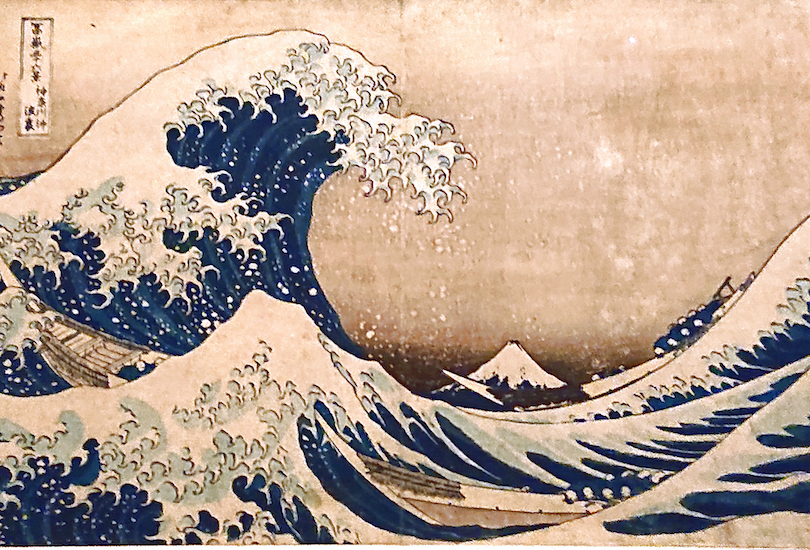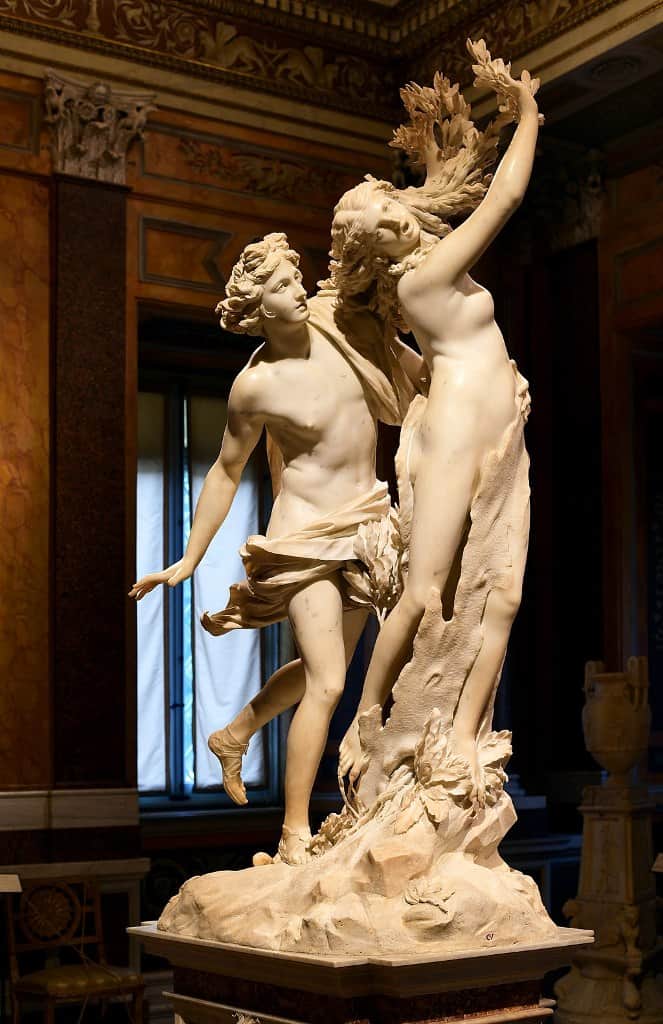What is art? Is it that painting sitting on your bedroom wall? Or that poem you wrote in tenth grade because your mom pissed you off? Or that Emily Dickinson piece you absolutely hated because it made no sense? Or the family drawing your five year old cousin made that still makes you feel things? If you were looking for an answer, it’s not here. It’s actually within you.

Art is a reflection of people and their social context.
Chenkethya Chey
Let’s begin with this: there is no one definition of art. It is what you feel it is. It is what you want it to be. When you read a poem, it doesn’t mean to you what it meant to the author. Your understanding is a sum of your experiences and there’s beauty in that. When you stroll through the art gallery, every framed piece on the wall, every sculpture means something unique to you. Every word in every book you’ve ever read is your own in the sense that it speaks to you in ways that are meant to move you.

This fluidity is what makes artistic expression such a malleable thing. A piece of clay to you could be a life-changing epiphany for another. A sentence to me could be a mantra that resonates with your soul. This creates a sort of ever-changing, multidimensional form of expression; there is no one way to define what has been created by one heart, to be perceived by another. This perception is also not limited from person to person, or family to family but rather traverses the world.
As the journalist Chenkethya Chey remarks in an article for The Arts and International Affairs, “art is a reflection of people and their social context.” She speaks of the creation of art for a specific context of culture, as well as the perception of this art in an entirely different context or place in the world. “If the work speaks, finds a way to connect, that piece has value.” If a piece or a concept is misunderstood in the West, it could still be deeply profound in the East – simply based on nuances in the history or customs of a place. This includes architecture – a historical art form – which varies drastically across the globe, and attracts observers from all walks of life. It is perceived in different ways in the sense that a single engraving, arch or doorway could mean to a foreigner what it would never have meant to a local. A local, conversely, may understand the depth behind a specific column and its markings in a way that could never be grasped by a newcomer. That difference is art in itself.

And this art is shared. It is shared through the teachings of artists, families, and travellers. The New York Times describes museums, for example, as teachers of “the simultaneous existence of many different cultures, and the equal value of those cultures.” They have become increasingly globalized, perhaps in a more positive sense of the word; they create spaces with universal forms of expression, and uphold each art form equally in all their beauty. They teach “global consciousness,” bringing the plurality and simultaneous universality of art to the forefront, and displaying it for those who may not have had access otherwise. It tells us that “this exists.” It’s art. It’s different from yours, but it still carries meaning. It has a history too.

Art is meant for everyone, whether it resonates with them or not. It exists as a tool of bringing people together through changing perspectives and taking ideas from one language and explaining it in another. It is timeless, existing in the ancient sculptures around us, to the forms of writing that are centuries old, and the paintings that have been passed down from generation to generation. It is not solely for one class or one background, but rather an outlet, entertainment, or education for the masses.
This serves to portray art as something far from concrete, and as a pillar in universal expression. It is a language with countless dialects, and one that the entire world speaks. It heals and unites, whether in music, film or books. It is inescapable and permeating in the most beautiful way. Art is free and cannot be contained or defined. Art is crucial to our global village and to those who will inhabit it after us.
Ultimately, art is what you want it to be.
I am a second-year sciences student at the University of Alberta studying psychology and sociology. I’m a Pakistani-Canadian and a Muslim, as well as a local spoken word artist! I enjoy writing and reading and painting - artistic expression makes me feel at home. I love poetry - especially performing it - as it lets me put words to the feelings of others (and myself) that often go unspoken.






[…] as a shared canvas upon which different colours and tools come together to create a work of art that captures the beholder’s eye, provides meaning and serves as a framework of reference for […]